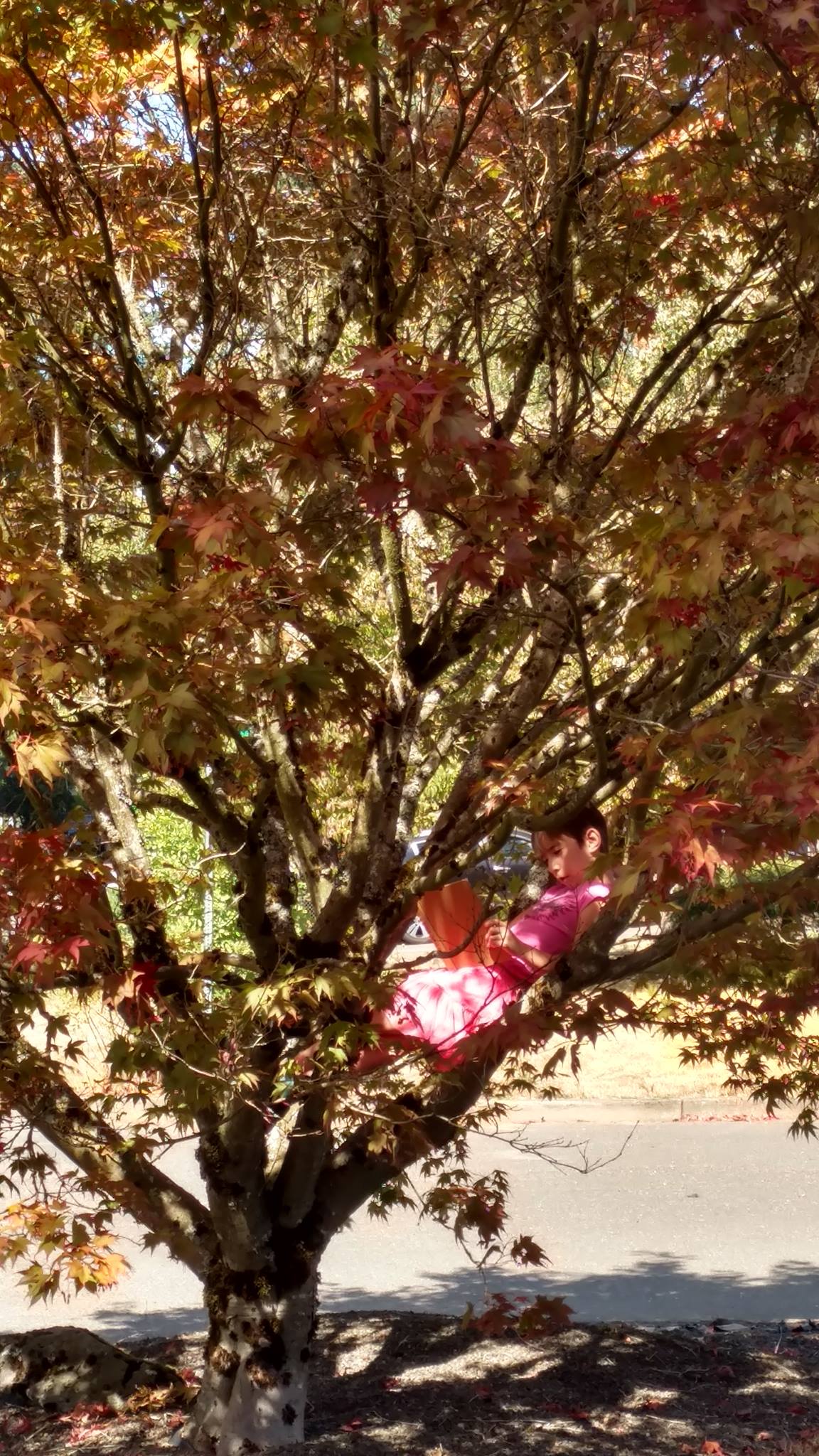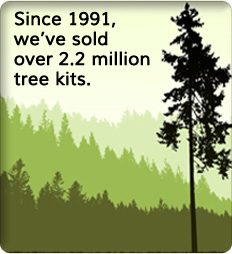 Loading... Please wait...
Loading... Please wait...- 1-800-343-2313
- Home
- My Account
- Gift Certificates
- View Cart
Blog - shade
Cooling Effects of Trees
Posted by Tree In A Box on 24th Jul 2018

Trees are beautiful to look at. They are green in the spring and summer and turn shades of yellow, red, and orange in the fall. Beauty is not the only benefit that trees offer. With much of the country and the world seeing record heat this week, it is important to take advantage of one of the most important benefits of trees: Temperature Insulator!
Trees reduce air temperature by blocking sunlight, providing shade to shelter you and your home from the heat. Urban trees intercept the sun’s radiation before it reaches the ground. Additional cooling occurs when water evaporates from the leaf surface, known as evapotranspiration. Evapotranspiration occurs when the sun’s rays hit the trees’ canopy, resulting in water evaporating from the leaves. This cools them down, much like sweating cools our skin, reducing the amount of energy left to warm the air. Thus making trees a natural air conditioner. Did you know that the evaporation from a single tree can produce the cooling effect of 10 room size air conditioners operating 20 hours a day? It can! With much of the country in the 90+ degree weather this week, many cities expected to tip over the 100 degree mark, I am sure many of you would love to have a few extra natural air conditioners.
Already have an air conditioner? That is fantastic, I am sure many are jealous. Did you know that tree placement can improve the efficiency of your heat pump? A tree placed to shade your outside heating/cooling unit can improve their performance, making them work less to cool your home more.
Trees can also benefit us by shading hard surface areas such as buildings, driveways, patios, and sidewalks thus minimizing landscape heat load. Heat Load is the buildup of heat during the day that is radiated at night resulting in warmer temperatures. Shaded surfaces can be 20–45°F cooler than the peak temperatures of unshaded materials. When walking along the street, this can be a significant difference, especially for our furry four legged friends that do not have shoes to insulate their feet from the excessive heat.
Trees cool the air, land, and water with shade and moisture thus reduce the heat-island effect of our urban communities. The temperature in urban areas is often 9 degrees warmer than in areas with heavy tree cover. Trees are most useful as a heat reducer when planted in strategic locations around buildings or to shade pavement in parking lots and on streets. Research shows that planting deciduous trees to the west is typically most effective for cooling a building, especially if they shade windows and part of the building’s roof.
While it might not benefit you today, why not grow your own tree to shade your home. Start a tree from seed with one of our grow your own tree kits, send a friend a seedling to grow and shelter them from the heat, or give customers a gift that will show them you care about both them and the environment.






